
Sonic Youth was an American rock band formed in New York City in 1981. Founding members Kim Gordon, Thurston Moore and Lee Ranaldo remained together for the entire history of the band, while Steve Shelley (drums) followed a series of short-term drummers in 1985, rounding out the core line-up. Jim O'Rourke was also a member of the band from 1999 to 2005, and Mark Ibold was a member from 2006 to 2011.
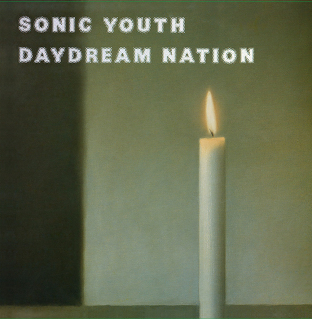
Daydream Nation is the fifth studio album by American alternative rock band Sonic Youth, released on October 18, 1988. The band recorded the album between July and August 1988 at Greene St. Recording in New York City, and it was released by Enigma Records as a double album.
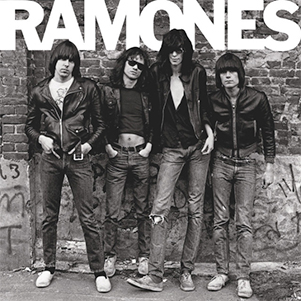
Ramones is the debut studio album by the American punk rock band Ramones, released on April 23, 1976, by Sire Records. After Hit Parader editor Lisa Robinson saw the band at a gig in New York City, she wrote several articles about the group and asked Danny Fields to be their manager. Fields agreed and convinced Craig Leon to produce Ramones, and the band recorded a demo for prospective record labels. Leon persuaded Sire president Seymour Stein to listen to the band perform, and he later offered the band a recording contract. The Ramones began recording in January 1976, needing only seven days and $6,400 to record the album.
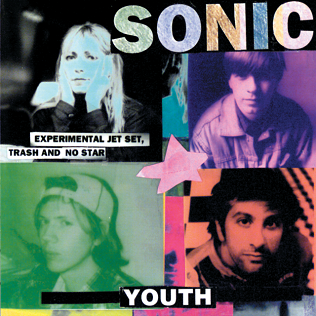
Experimental Jet Set, Trash and No Star is the eighth studio album by American experimental rock band Sonic Youth, released on May 10, 1994, by DGC Records. It was produced by Butch Vig and recorded at Sear Sound studio in New York City, the same studio where the band's 1987 album Sister was recorded. Unlike its predecessor Dirty, Experimental Jet Set features a more low-key approach and references the band's earlier work on the independent record label SST Records. The album contains quieter and more relaxed songs that deal with personal and political topics.
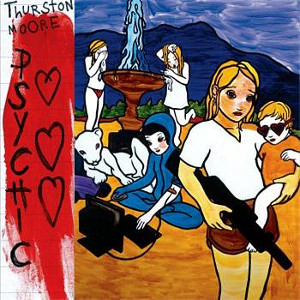
Psychic Hearts is the debut solo studio album by former Sonic Youth member Thurston Moore, released in 1995 through Geffen Records. The album was remastered and reissued in 2006. The two-record vinyl version of the reissue contains bonus tracks on the fourth album side where on the original vinyl release the fourth side had a drawing by cover artist Rita Ackermann etched directly into the vinyl.

A Thousand Leaves is the tenth studio album by American rock band Sonic Youth, released on CD and cassette on May 12, 1998, by DGC Records. A double-LP vinyl issue had been released three weeks earlier, on April 21, 1998, by My So Called Records. It was the band's first album recorded at their own studio in Lower Manhattan, which was built with the money they had made at the 1995 Lollapalooza festival. Since the band had an unlimited amount of time to work in their studio, the album features numerous lengthy and improvisational tracks that were developed unevenly. The highly experimental extended plays Anagrama, Slaapkamers met slagroom, and Invito al ĉielo were recorded simultaneously with the album.

"Flower" is a song by American alternative rock band Sonic Youth. It was originally released as a 12" single in 1985 by UK record label Blast First, with "Satan Is Boring" as the B-side. This version was quickly withdrawn at the band's request. In January 1986, Blast First and the band's American label, Homestead Records, both released "Flower" as a 12" backed by "Halloween"; the first run of the UK edition was on yellow/orange vinyl. Blast First also issued the song as a 7" single in edited form, retitled "Flower ", with a backwards version, "Rewolf ", on the flipside.
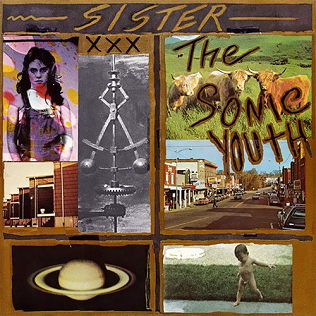
Sister is the fourth studio album by American alternative rock band Sonic Youth, released on SST Records on June 1. 1987. The album continued the band's move away from the no wave movement towards alternative rock song structures, while maintaining an experimental approach.

Sonic Youth is the debut EP by American rock band Sonic Youth. It was recorded between December 1981 and January 1982 and released in March 1982 by Glenn Branca's Neutral label. It is the only recording featuring the early Sonic Youth lineup with Richard Edson on drums. Sonic Youth differs stylistically from the band's later work in its greater incorporation of clean guitars, standard tuning, crisp production and a post-punk style.

EVOL is the third studio album by the American alternative rock band Sonic Youth. Released in May 1986, EVOL was Sonic Youth’s first album on SST Records, and also the first album to feature then-new drummer Steve Shelley who had just replaced Bob Bert.
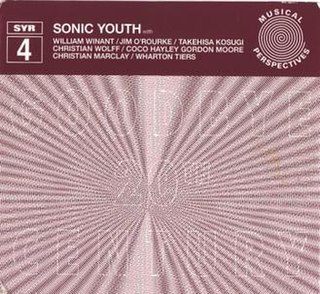
SYR4: Goodbye 20th Century is an album by American alternative rock band Sonic Youth. It is a double album of versions of pieces by avant-garde composers, performed by Sonic Youth and collaborators.

NYC Ghosts & Flowers is the eleventh studio album by American rock band Sonic Youth, released on May 16, 2000, by DGC Records. The highly experimental album is considered to be a reaction to the theft of the band's instruments in July 1999, when several irreplaceable guitars and effects pedals were stolen. NYC Ghosts & Flowers was the first album since Bad Moon Rising in which the band used prepared guitar.

You're Living All Over Me is the second studio album by American alternative rock band Dinosaur Jr. It was released on December 14, 1987, through SST Records.
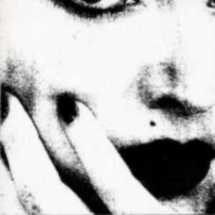
The Whitey Album is an album by Ciccone Youth, a side project of Sonic Youth members Steve Shelley, Kim Gordon, Lee Ranaldo and Thurston Moore, featuring contributions from Minutemen/Firehose member Mike Watt and J Mascis of Dinosaur Jr.

SYR2: Slaapkamers met slagroom is an EP by American alternative rock band Sonic Youth. It was released on 12" vinyl on September 2, 1997, and was the second in a series of experimental and mostly instrumental releases issued on the band's own SYR label.

Rather Ripped is the fourteenth studio album by American rock band Sonic Youth, released on June 13, 2006, by Geffen Records. It was the band's first album following the departure of multi-instrumentalist Jim O'Rourke, who had joined as a fifth member in 1999. Unlike its immediate predecessors, the album was produced by John Agnello and recorded at Sear Sound in New York City, the same studio where the band's 1994 album, Experimental Jet Set, Trash and No Star, was recorded. It also completed Sonic Youth's contract with Geffen, which released the band's previous eight records.
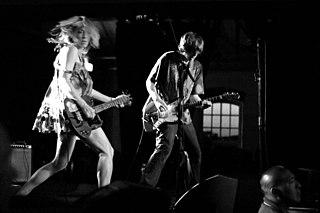
The discography of American rock band Sonic Youth comprises 15 studio albums, seven extended plays, three compilation albums, seven video releases, 21 singles, 46 music videos, ten releases in the Sonic Youth Recordings series, eight official bootlegs, and contributions to 16 soundtracks and other compilations.

Hold That Tiger is a live album by American alternative rock band Sonic Youth, recorded at the Cabaret Metro in Chicago on October 14, 1987. It featured songs from the album Sister. It was released on vinyl in 1991, with a CD release in 1998. The actual tape of the live recording was sped up to fit vinyl and was not slowed down for the following CD re-issue: the pitch error was not corrected until the official digital release of the concert on the band's bandcamp.

SYR7: J'Accuse Ted Hughes is the seventh release in American group Sonic Youth's SYR series. It was released only on vinyl—the first in the series to receive no compact disc release—and featured two songs: "J'Accuse Ted Hughes", and "Agnès B. Musique". It consists of an improvised piece performed live during the band's April 8, 2000 performance at the first All Tomorrow's Parties festival, followed by an unused soundtrack for an Agnes B. fashion show.

Goo is the sixth full-length studio album by American alternative rock band Sonic Youth, released on June 26, 1990, by DGC Records. For this album, the band sought to expand upon its trademark alternating guitar arrangements and the layered sound of their previous album Daydream Nation (1988) with songwriting that was more topical than past works. Coming off the success of Daydream Nation, Nick Sansano returned to engineer Goo, but veteran producer Ron Saint Germain was chosen by Sonic Youth to finish mixing the album following Sansano's dismissal.




















